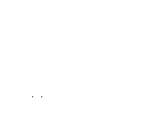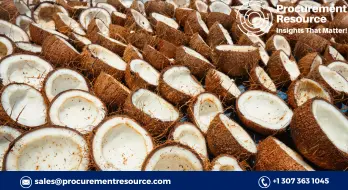Excipient Prices are Expected to Rise by 30 to 50 Percent in India, Posing a Threat to the Pharmaceutical Industry

In the USD 7 billion worldwide excipient sector, the Indian excipient industry, dominated by MSMEs, has less than 1 percent market share. The Indian excipient market is rising at a pace of 10 to 12 percent, compared to 5 to 7 percent globally.
According to Indian excipient makers, the increase in costs of critical excipients by 30 percent to 50 percent has had a severe impact on the pharma business. Lactose, hydroxypropyl methylcellulose (HPMC), microcrystalline cellulose (MCC), and polyvinylpyrrolidone (PVP) are among the most often imported excipients from China.
Prices for excipients like phthalates, which utilise solvents like acetic anhydride as raw material input, have risen by 100 percent. As per a senior industry figure, freight costs have also increased, which has resulted in a significant increase in excipient pricing.
Most fundamental excipients are not produced in India. Only ten producers of an excipient like MCC exist in the nation today. As a result, manufacturers have encouraged the government to take prompt policy actions to address the problem.
A pharmaceutical excipient is a material that has several functions in medications and pharmaceuticals and can be natural or synthetically manufactured. It's employed as a bulking or stabilising agent, as an agent to improve a drug's solubility, or as a component to improve its therapeutic impact. Excipients and APIs are now grouped under the Drugs and Cosmetics (D&C) Act, requiring a drug licence.
Experts also have hypothesised that China's and India's power crises compound the pharmacy sector. Excipients help to keep APIs stable and prevent them from deterioration. Diluents such as lactose and MCC are among the excipients. Disintegrants such as sodium starch glycolate and croscarmellose sodium and Binders such as PVP and HPMC are used.
In the USD 7 billion worldwide excipient sector, the Indian excipient industry, dominated by MSMEs, has less than 1 percent market share. Apart from monographs on excipients included in the Indian Pharmacopoeia, there is no effective regulation for excipients in India (IP). Compared to the European Pharmacopoeia (EP) and the British Pharmacopoeia (BP), India has fewer than 100 monographs.
It is well-organised in pharmacopoeial standards, but it needs to focus on manufacturing standards or recommendations more pragmatically. Compliance with the International Pharmaceutical Excipients Council's voluntary excipient guidelines has been advocated by experts (IPEC).
At a CAGR of 5.8 percent, the worldwide pharmaceutical excipients market is expected to reach US USD 9.7 billion by 2025, up from US USD 6.9 billion in 2019. The Indian excipient market is rising at a pace of 10 to 12 percent, compared to a global rate of 5 to 7 percent.
The growing pharmaceutical business drives pharmaceutical excipients, developments in functional excipients, increased acceptance of orphan medications, and rising bio-pharmaceutical consumption. The introduction of multi-functional excipients, the move in pharmaceutical manufacturing to emerging countries, and the expanding biosimilars sector bode well for the Indian market's future growth.
Due to increased demand for pharmaceutical and biologic products and a significant number of excipient producers in this area, North America has the highest share of the pharmaceutical excipient market.
Europe is the second most populous continent, followed by Asia Pacific and the Rest of the World. Due to low labour costs and increased outsourcing of inorganic and organic chemical manufacture, Asia Pacific is the fastest expanding area for pharmaceutical excipients. Advancing countries such as China and India are essential participants.




